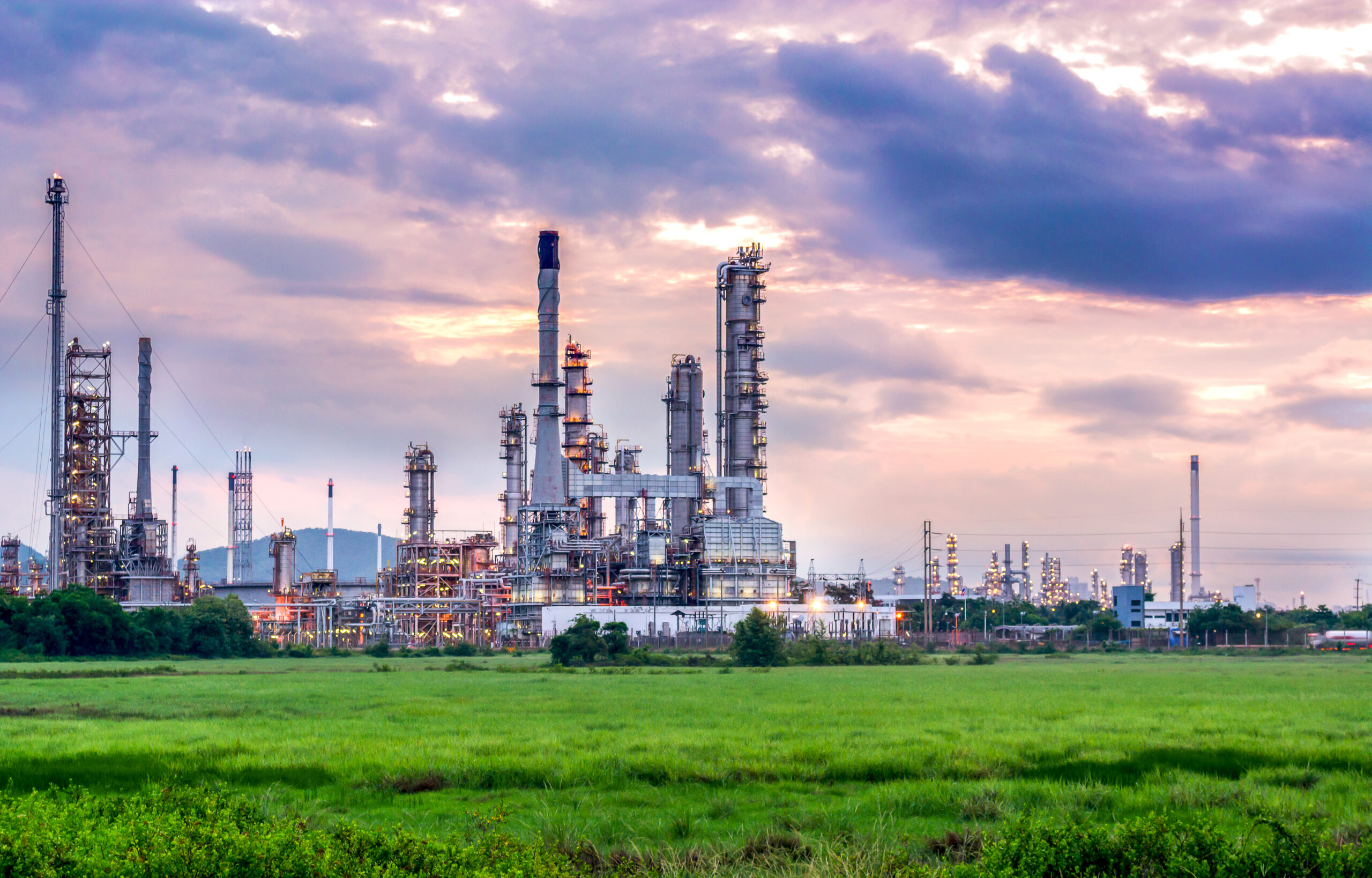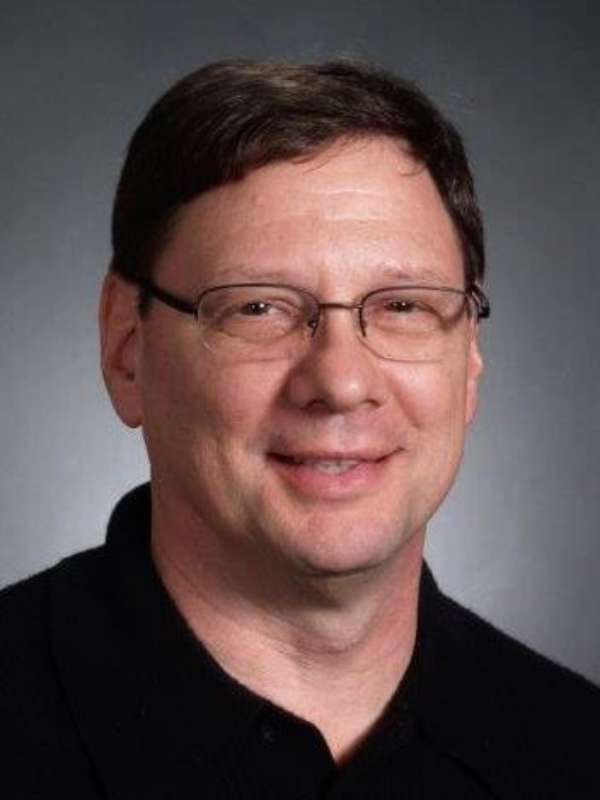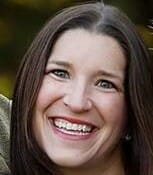- Cook County
- DuPage County
- Aux Sable Township and Goose Lake Township in Grundy County
- Kane County
- Oswego Township in Kendall County
- Lake County
- McHenry County
- Will County
- Madison County
- Monroe County
- Clair County
On Tuesday, December 17, 20024, the United States Environmental Protection Agency (USEPA) issued a final rule reclassifying several ozone nonattainment areas as “Serious” nonattainment for the 2015 ozone national ambient air quality standard, to become effective on January 16, 2025. In a similar action on November 25, USEPA addressed the Missouri portion of the St. Louis nonattainment area with an effective date of December 31, 2024. Impacted areas include numerous counties across Illinois, Indiana, Michigan, Ohio and Wisconsin.
These actions cut in half the Major Source threshold under the Title V Operation Permit program from 100 tons to 50 per year of either Volatile Organic Compounds (VOC) or Nitrogen Oxides (NOx). Sources in these areas that currently have minor source permits with either VOC or NOx emission limits of 50 tons per year or greater will have to submit an application for a Title V Operation Permit or re-apply to reduce annual emission limits to less than 50 tons per year if they want to avoid being classified as Major Sources. Federal regulations (40 CFR 70.5(a)(1)(i)) require that applications be submitted within 12 months of the source becoming subject to a Title V permit program unless the state or local permitting agency requires an earlier application. State or local regulations should be consulted to determine the deadline for such applications because in some locations, the application will be due on the date that the source becomes subject to a Title V permit requirement.
- Portions of Lake and Porter Counties
- Berrien County
- Portions of Allegan and Muskegon Counties
- Boles Township of Franklin County
- Jefferson County
- Charles County
- Louis County
- City of St. Louis
- Cuyahoga County
- Geauga County
- Lake County
- Lorain County
- Medina County
- Portage County
- Summit County
- Milwaukee County
- Ozaukee County
- Portions of Kenosha, Racine, Sheboygan, Washington, and Waukesha Counties
Additional Restrictions for Major Modifications
Other restrictions will come into play for new Major Sources, those that have a potential to emit 50 tons per year or more of VOC or NOx and “major modifications” that result in a VOC emission increase that exceeds 25 tons per year and also exceeds 25 tons per year when aggregated with all creditable increases and decreases in emissions of VOC from the source over any period of five consecutive years, which includes the calendar year in which the increase will occur. For sources that are major due to NOx emissions, a NOx emission increase that exceeds 25 tons per year and exceeds 25 tons per year when aggregated with creditable increases and decreases over the five-year period is also deemed to be a major modification.
If a major modification occurs, the source is required to utilize the Lowest Achievable Emission Rate (or LAER) for the pollutant(s) that exceed 25 tons per year aggregated over the five-year period. However, Best Available Control Technology (BACT) can be substituted for LAER under certain conditions. Additionally, emissions must be offset as a means to advancing the area toward attaining the ozone standard. These same requirements will apply to newly constructed Major Sources.
Upcoming Deadlines
With these actions, the impacted areas will now have until August 3, 2027, to reach attainment. If they do not, USEPA is again obligated to reclassify ongoing nonattainment status to Severe nonattainment, reducing the Major Source threshold in half to just 25 tons per year. In the meantime, the states will be required to revise State Implementation Plans to demonstrate that attainment will be achieved by this deadline.
A unique consideration in Wisconsin affects sources subject to a Registration Operation Permit. These permits establish annual emission limits as a percentage of the Major Source threshold (25, 50, or 80 percent depending on the Permit). For these sources, the annual emission limit for VOC and NOx will automatically be cut in half on January 16, 2025. Sources in the ozone nonattainment areas that hold these permits should evaluate whether the Registration Permit provides a long-term option given that the annual emission limits have been cut in half now and may again be cut in half in three years’ time.
Next Steps: TRC Can Help
TRC is available to support your air compliance and permitting needs by offering expert in-house resources to perform:
- Ambient Monitor Siting Evaluation
- Ambient Monitor Deployment, Operation and Maintenance
For more information, contact Melanie Klamar, Robert VandenMeiracker and Mike Zebell.




